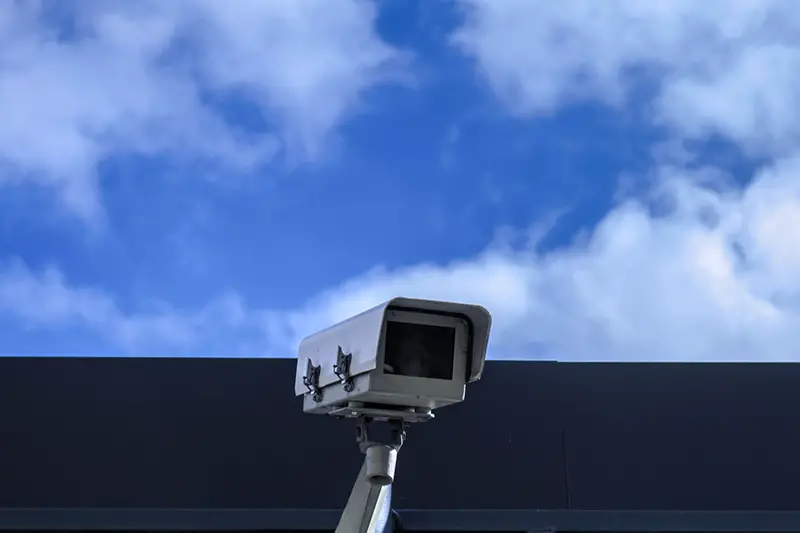Click here to get this post in PDF
Vulnerabilities exist for practically every building we drive past. They may arise from insufficient defenses or a lack of advanced surveillance measures. Nowadays, identifying and exploiting such vulnerabilities and security lapses is an all-too-common skill. It’s essential to put protective measures in place at the start, not just to safeguard the physical building, but everyone inside as well. In a recent survey, 41% of respondents cited cost as the top obstacle in upgrading their physical access control solutions. However, the damage caused by a security breach often has a higher cost in terms of dollars, affected brand reputation and human life.
Ensuring a building is secure can help deter threats from wrongdoers, help to avoid property damage and work to keep occupants out of harm’s way. Look for ways to fortify the structure’s protective interior and exterior features. It could be in the form of bullet, blast or storm impact resistant windows and doors. Through the installation of forced-entry-resistant doors, you can gain better control over who has access to the facility with the option to go into a “lockdown” mode when needed. There is also wall armor available to provide bullet resistant protection to ensure no stray or misfired bullets can pass through walls and protect customers or attendees on the interior side of a safe room. If undergoing new construction, consider strategic placement of entryways to direct traffic. Adding panic rooms and a secured command center to oversee access are highly recommended.
Furthermore, verify the lighting is sufficient for monitoring services in the form of cameras, motion sensors and alarms. By installing surveillance inside and out, threats may be minimized and addressed in a timely manner. Each year in the U.S., there’s a burglary as often as every 12 seconds leading to $3.4 billion in property and personal loss according to FBI crime statistics.
If it’s a building where goods are exchanged or if there is cash on hand, consider using a secure transaction system that is bullet and/or blast resistant to exchange goods such as transaction windows with deal trays, transaction drawers or package receivers. These are designed to provide protection for the attendees on the safe side of the transaction system.
Of commercial burglary attempts, 60% occur when employees are not on-site and after business hours. Having robust defenses in plain sight works as a deterrent and could help defend property from such crimes. Next, create a fire-proofed working environment. Set up smoke detectors and a fire suppression system throughout as well as firewalls to minimize damage and protect occupants.
Lastly, make certain there are security procedures in place. Having an efficient security plan for the whole staff can be a comfort and thus help create a more productive working environment. Start with the critical entry points. Consider encrypted access control cards, photo IDs and a security guard team. Additionally, invest in a cybersecurity team to safeguard sensitive information from cyber threats externally and internally.
Fixing any gaps in security is crucial to prevent incidents from happening whether your business is big or small. For further information on building points to protect, please see the accompanying resource by U.S. Bullet Proofing.
This infographic was created by U.S. Bullet Proofing, a provider of wall armor
You may also like: 6 Best Strategies to Improve Business Security
Image source: Unsplash.com

